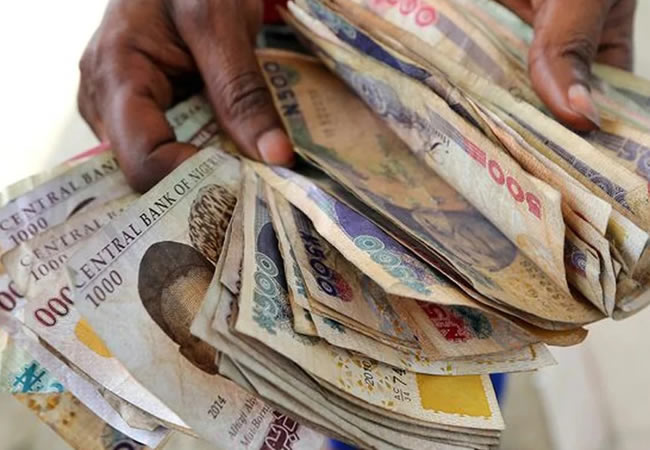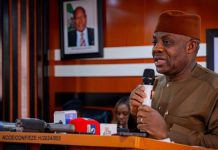Money market conditions remained tight on Tuesday, with interbank rates showing mixed trends as the liquidity deficit deepened ahead of anticipated Federation Account Allocation Committee (FAAC) inflows. Analysts highlighted ongoing funding challenges for deposit money banks, with the banking system struggling to access sufficient liquidity.
The deficit in the banking system worsened for the fifth straight day, opening at a negative balance of ₦438.02 billion. In response to inflationary pressures, the Central Bank of Nigeria (CBN) increased the benchmark interest rate by 25 basis points to 27.50% during its monetary policy committee meeting.
While the monetary policy rate (MPR) rose, the CBN maintained an asymmetric corridor of +500/-100 basis points. Additionally, in September, the CBN adjusted the rate for its Standing Lending Facility (SLF) to 31.175%, enabling banks to borrow to meet daily liquidity needs.
Tight liquidity conditions were evident in rising Nigerian Interbank Offered Rates (NIBOR) across most tenors, signaling increased pressure on the financial system. However, short-term benchmark rates showed mixed performance due to limited inflows. FMDQ data revealed that the open repo rate (OPR) fell slightly by 0.06% to 32.00%, while the overnight lending rate (O/N) edged higher by 0.15%, closing at 32.71%.
Market analysts predict that interbank rates will remain elevated as liquidity challenges persist.














